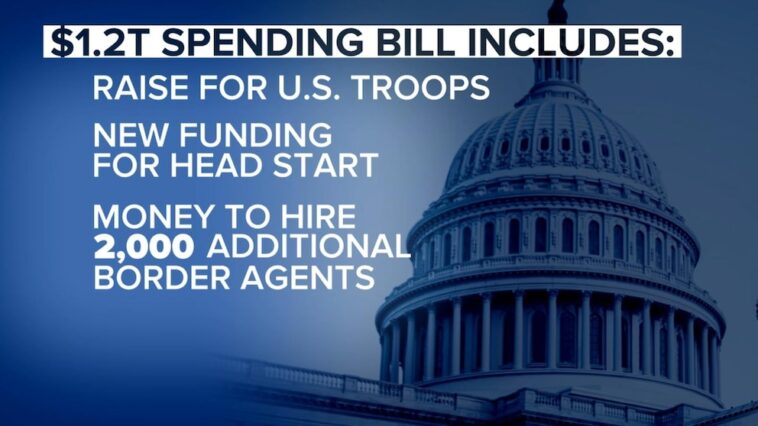On the historic day of July Fourth, President Trump achieved a landmark victory by having his comprehensive spending bill passed by Congress, which he subsequently signed into law amid the festive celebrations of our nation’s Independence Day. However, while numerous Americans reveled in the joyous occasion, others staged demonstrations across various cities in the United States, voicing their opposition to the policies dictated by President Trump.
The spending bill that received the presidential signature on Friday encapsulates the heart of President Donald Trump’s domestic legislation. However, it’s important to note that some clauses within this bill are slated to come into effect not immediately, but after the midterm elections of 2026, thereby delaying their impact.
The bill comprises a myriad of elements, and in a definitive sense, can be categorized as a massive tax legislation. Its significance is deep rooted in the fact that this is a colossal win for the president, strongly reinforcing his domestic legislative prowess.
The act embodies several commitments made to the public during the president’s campaign trail. However, it does contain a few points of divergence which contradict his pre-election promises, thereby creating a sense of discord among some of his followers.
In particular, the bill incorporated legislative changes impacting Medicaid – the public health program made avialable to the underprivileged, the disabled, and the elderly constituting roughly 70 million American lives. This, despite the presidential promise to steer clear of altering Medicaid policies.
The stipulated adjustments within this new legislation won’t take effect until after the upcoming midterm elections. Despite the delay in implementation, it’s inevitable that these shifts will have a significant impact on rural healthcare providers nationwide.
The ripple effects of such changes may well be felt by inhabitants of rural locales in the near future. Moving forward, these amendments will mark a new chapter in the political narrative of the country. It will be intriguing to witness the unfolding of strategies intended to market this new policy, especially given the apprehension it has triggered among some voters.
Just in the last week, President Trump added another win to his roster when the Supreme Court gave its green light to his government’s plans to expel immigrants to South Sudan. It’s worth noting that these individuals have no connections to their designated destination, a country crippled by war and grappling with a severe food crisis, as reported by the United Nations.
Indeed, immigration policy has been the cornerstone of President Trump’s agenda, often receiving a spotlight in his public addresses. As per latest survey trends, around 43% of the populace voiced approval for President Trump’s stance on immigration, aligning closely with his overall approval rating.
Interestingly, the same survey reflected that more than half of the participants, approximately 54%, felt that the Immigration and Customs Enforcement (ICE) has overstepped its mandate in implementing immigration laws.
With the sanctioning of this legislation, enabling an increase in funding for ICE, it will be fascinating to observe shifts in public sentiment. Given the potential amplification of enforcement for immigration policies, changing perception among the public towards this issue in the coming times will certainly be a spectacle to watch.

